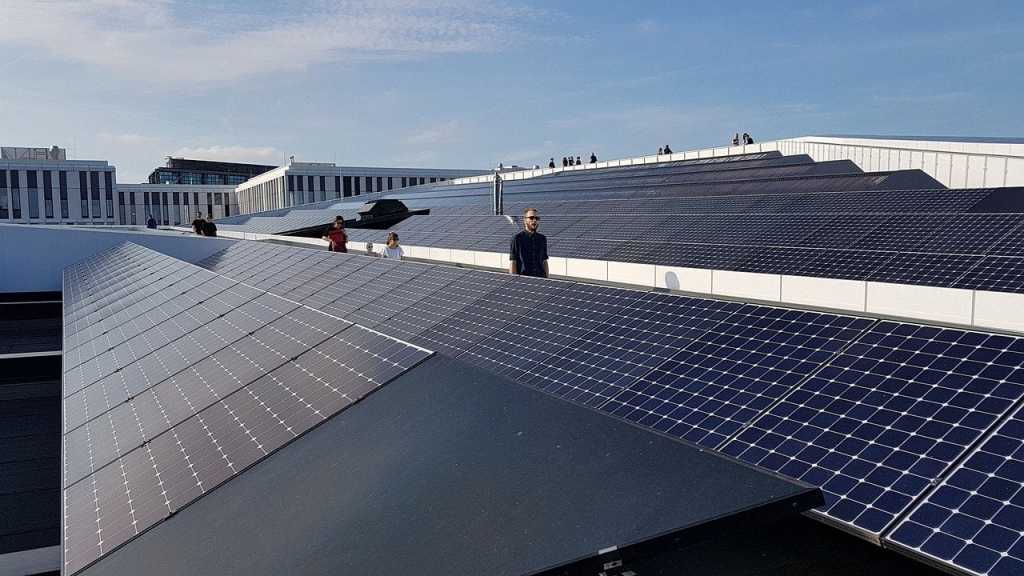Many people in India complain that the power supply at their homes is erratic and often getting cut off. There are also various complaints of the extremely high costs of electricity for one’s homes these days. A great solution for the same is a natural and renewable source, solar energy. Installing a solar panel can help you get rid of those frequent power cuts and high electricity bills. Apart from these, there are several other benefits of installing solar panel at your home or commercial building.

Benefits of Installing Solar Modules
Investing in solar energy and installing solar modules in your home has slowly become more popular due to the long list of benefits of solar energy. It is called an investment for a reason, as the main benefit is that it is almost a one-time cost for electricity. Solar panel maintenance is low cost which immediately drops the home’s monthly electricity bill by a whole lot. Aside from being an affordable means of producing electricity for your home, it also ups the property value of the home. It has been proven that homes that have solar panel installations are sold at a price of atleast 3% or 4% higher than the original market value of the property.
Another great benefit of installing solar modules in your home is the fact that it automatically reduces your overall dependency on private or government grids. Adding a battery backup provides the homeowner with complete energy independence. From a global viewpoint, installing such solar panels at home reduces you and your family’s carbon footprint and thus provides you with a more environment-friendly lifestyle. Another way the installation of solar modules reduces costs is via the various government subsidies and schemes that help you with the initial cost because of the good this solar system will do for the environment.
Direction and Positioning of Solar Modules
Aside from the purchase of solar modules, the most important thing is the way these solar modules are installed and the direction in which they face. This can either amplify or reduce the amount of solar energy your home will receive and is thus extremely vital. They should be installed in such a way that throughout the day, the most amount of sunlight will fall on its surface. This implies that those modules that are placed in the Northern Hemisphere need to face south and those in the Southern Hemisphere need to face the north so that they are facing the equator.
Studies have proven that those installations that place the panels in a wave-like formation where some face the east and some face the west produce better outputs. One of the important aspects that need to be taken into consideration when calculating the positioning and angling of the solar panels is the angle of inclination. Since the tilt of the earth results in the earth’s position varying throughout the year in respect to that of the sun, this must be taken into account as well before placing the PV modules at the right angle to get the highest yield of solar energy.
To further increase the amount of sunlight that falls on the surface of the solar panels, newer models have a manual or sometimes automatic tracking system. In these systems, the panels can be rotated to ensure that the surface is always facing the sun. These come in two varieties – the single-axis tracking modules and the double-axis tracking modules. In the automatic tracking system, the solar modules are programmed beforehand and rotate the panels throughout the day according to that set algorithm. With the manual tracking system, these are moved by hand at the change of every season to face the direction of the sun during that particular season.

How Solar Inverters Work
In simple terms, the solar inverter is the brain of the solar energy system. It is the ‘computer’ part of the system that inverts the direct current produced by the solar panels into the usable alternating current required by the home appliances and devices. Another great feature of solar inverters is that they allow the homeowner to connect the solar energy system to the home internet to allow them access to the solar module’s information and stats. Different solar inverters exist and that work in different ways.
A straight string inverter was the original form of a solar inverter and connects the solar panels in series. This is not the best functioning system as the solar energy system is then only as powerful as its least productive panel. Another form of solar inverter is the optimized string inverter that has power optimizer attached to the individual solar panels thereby converting them into smart panels. A more modern form of solar inverter is the micro inverter that increases the flexibility and durability of each solar panel. One of the most common varieties of solar inverters in today’s day and age is the hybrid inverter that combines the benefits of battery inverter as well as a photovoltaic or PV inverter.

